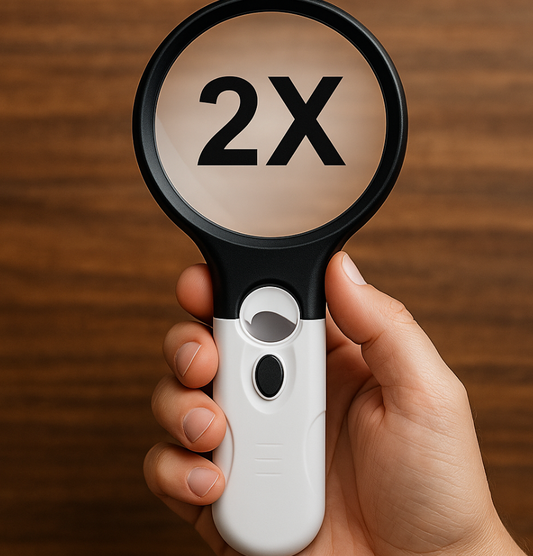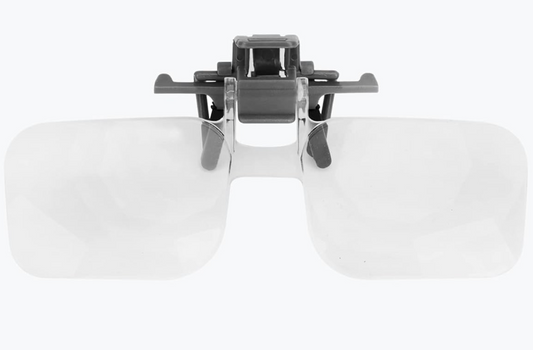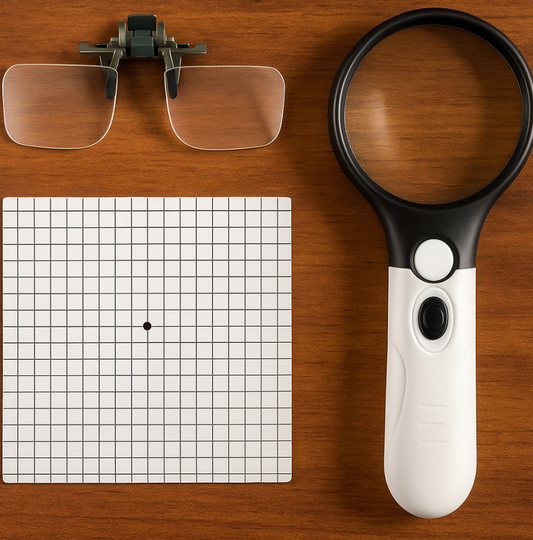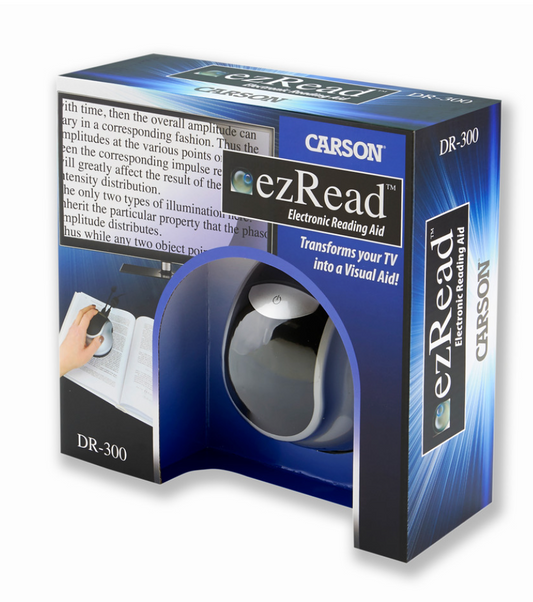Rosacea & Dry Eyes
Share
Rosacea is a chronic skin condition that often manifests as redness and inflammation on the face, but many people are unaware that it can also affect the eyes. Known as ocular rosacea, this condition can lead to a variety of uncomfortable symptoms that impact vision and quality of life.
Fortunately, there are effective treatments available to manage these symptoms, including advanced options like Intense Pulsed Light (IPL) and Low-Level Light Therapy (LLLT).
Symptoms of Ocular Rosacea
Nearly 60% of patients with rosacea will have ocular rosacea. Ocular rosacea primarily affects the eyelids, conjunctiva (white part of the eye), and cornea. Common symptoms include:
- Redness and swelling of the eyes and eyelids
- A gritty or burning sensation
- Sensitivity to light
- Blurred vision that fluctuates throughout the day
- Crusty eyelids, particularly upon waking
In severe cases, untreated ocular rosacea can lead to corneal damage and vision loss. As with other eye conditions, early recognition and treatment are essential to prevent complications.
The Role of IPL in Treating Ocular Rosacea
Intense Pulsed Light (IPL) therapy has become a popular treatment for managing ocular rosacea. Originally used for skin conditions, IPL works by delivering targeted light pulses to the skin, which heat and eliminate abnormal blood vessels contributing to inflammation. When applied around the eyes, IPL can:
- Reduce redness and vascular inflammation
- Alleviate dryness by improving the function of meibomian glands, which produce the oily layer of tears (helps the tears to stay ON your eye)
- Enhance overall eye comfort
Typically, IPL treatments are performed over several sessions, with noticeable improvements in symptoms reported by many patients. Many optometrists now have IPL in their clinics - they are trained to treat conditions, like ocular rosacea, so the treatments are targeted to improve your vision symptoms. Treatments take about 5 minutes and can cause some discomfort, but pain is very low with this laser treatment.
LLLT: A Gentle Yet Effective Option
Low-Level Light Therapy (LLLT) is another innovative treatment for ocular rosacea. This therapy uses light at specific wavelengths to promote cellular repair and reduce inflammation. LLLT is particularly effective for:
- Stimulating meibomian gland activity
- Relieving eyelid inflammation
- Supporting tissue healing
LLLT is non-invasive, painless, and safe, making it an appealing option for those seeking a gentle approach to symptom relief. It is a "Red Light Mask" that you may have seen online. Along with IPL, LLLT is also offered at some optometrist offices. It takes about 15 minutes per session and is painless.
IPL + LLLT work best if combined together. Patients will usually need at least 3 round of treatment. We recommend finding an optometrist who does these procedures in office. They can ensure the correct area is being treated and do post-treatment checks to ensure you receive the maximum benefit from these procedures.
These procedures can sometimes be cost prohibitive or unavailable in your area. Keep reading for more budget friendly options to manage your symptoms.
Traditional Treatments for Ocular Rosacea
In addition to IPL and LLLT, more traditional treatments play a crucial role in managing ocular rosacea:
- Artificial Tears: These provide immediate relief for dryness and discomfort by keeping the eyes lubricated. We recommend Thealoz Duo for any patient who has dryness secondary to an underlying systemic cause.
- Doxycycline: A low-dose oral antibiotic, doxycycline is frequently prescribed to reduce inflammation and control bacterial overgrowth that can exacerbate symptoms. Patients are typically on doxycycline long term. There are some side effects - so make sure to discuss with your eye doctor prior to beginning treatment.
- Eyelid Hygiene: Regular cleaning of the eyelids with warm compresses and gentle cleansers can prevent buildup and maintain gland health. Since the lids tend to be inflamed - make sure you are using products that are specifically for the skin around the eyes. We recommend Blephadex Lid Wipes and Blephaderm moisturizing cream for our patients.
- Heat Mask: Heat helps unblock the meibomian glands (glands that make your tears). We recommend patients use heat once daily before bed. There are several options out there for masks - our favourites are the Bruder mask and the Renpho Bluetooth Mask (See our head to head comparison: Bruder vs. Renpho)
- Omega-3 Vitamins: Omega-3 vitamins can help manage ocular rosacea by reducing inflammation and improving tear quality. These essential fatty acids, found in fish oil and flaxseed, have anti-inflammatory properties that help calm irritation and redness in the eyes. They also enhance the production of healthy oils in the tear film, preventing dryness and stabilizing the eye's surface. PRN Omega-3 for Dry Eyes are the top choice.
-
Always consult your eye care provider, doctor or pharmacist before starting supplements to ensure they’re appropriate for your needs.
Combining Therapies for Optimal Results
Many patients benefit from a combination of therapies tailored to their specific symptoms. For instance, a regimen that includes IPL or LLLT alongside artificial tears, eyelid hygiene, and medication can deliver comprehensive relief and prevent flare-ups.
Whichever route you choose with your eye doctor - consistency is key.
The Importance of Early Intervention
If you suspect you have ocular rosacea, it’s crucial to seek help from an eye care professional promptly. Left untreated, this condition can lead to severe complications, but with the right treatment plan, most people can manage their symptoms effectively and protect their vision.



